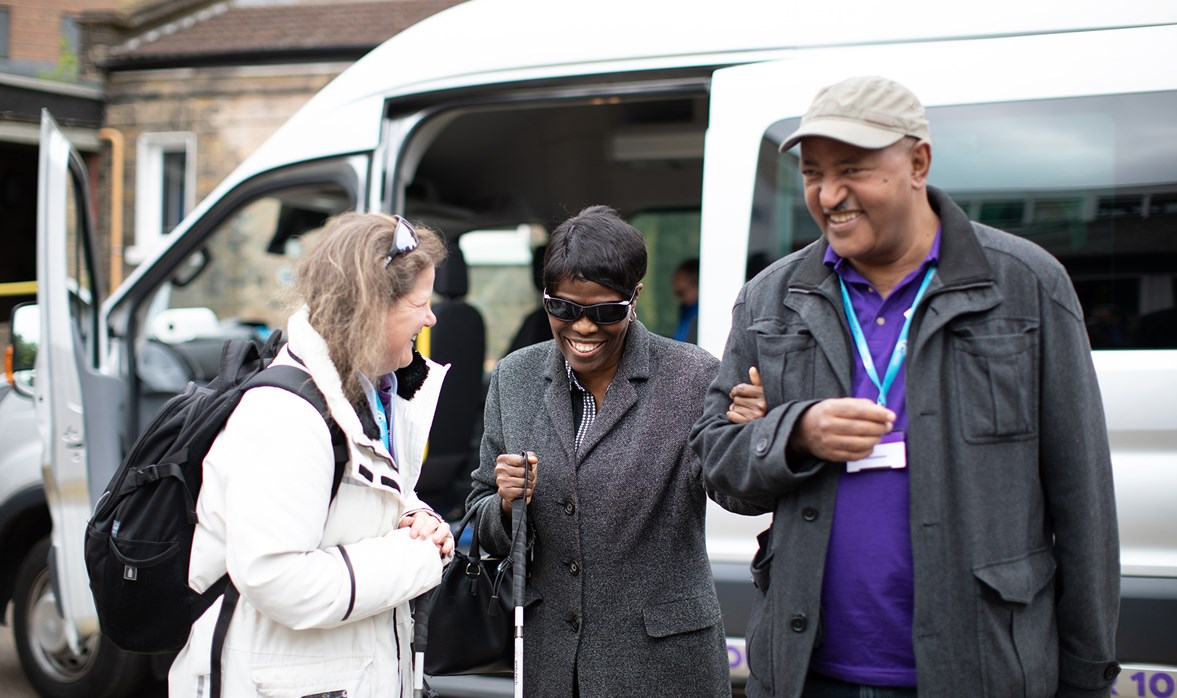Introduction to research
In 2021, Motability Foundation commissioned a report from Collaborate Research, to understand disabled people’s experience of community transport. The research found that for some people, community transport was “life-changing” - making a significant difference to their mental health, wellbeing and independence.
This report focuses on findings from the qualitative research conducted between June and August 2021, including interviews with community transport users and non-users in Halton, a suburban area on the border of Merseyside and Cheshire, and rural West Sussex.
Personal experiences
Here are the experiences from four people we spoke to, Andrea, Colin, Geraldine and Michael.
Key findings
1. Users’ experiences of community transport
Overall, having access to community transport has reportedly made a big difference to its users, which for some can be described as life-changing:
- Several have issues with using other modes of transport meaning that they would struggle to access even essential goods and services without community transport.
- Using community transport also alleviates loneliness and improves mental health and wellbeing, including by getting people to the social activities that are important to them as well as by facilitating valuable social connections (with the driver and other passengers) during the journey itself.
- In addition, having access to community transport reduces users’ reliance on others, such as family members, and helps to maintain their independence.
2. Non-users’ awareness and views of community transport
Those who do not currently use community transport all reported a lack of suitable transport locally which has limited their ability to get around. This is due to:
- A lack of availability or accessibility,
- Affordability of alternative modes of transport
- Issues related to the attitudes of drivers or other passengers, and/or a reluctance to be reliant on other people for lifts
Most non-users demonstrated a high level of interest in community transport during the discussions and were motivated to find out more. This indicates that increasing the visibility of community transport is likely to lead to more people using the service as they will be aware of it and how it could benefit them.
3. Stakeholders’ perspectives on community transport
Stakeholders, including representatives from both local and national organisations and councils, regard community transport as being a unique, added-value service that is specifically “designed for disability".
Stakeholders perceive that community transport provides significant social value through its contribution to health, wellbeing, community cohesion and supporting the local economy. They believe that this is achieved in several ways, including by:
- Alleviating loneliness and social isolation
- Supporting independent living; enabling participation and investment in the local community
- Facilitating timely access to health services and social prescribing
- Reducing pressure on the health and social care sector by helping to prevent or delay more costly health and social care interventions.



